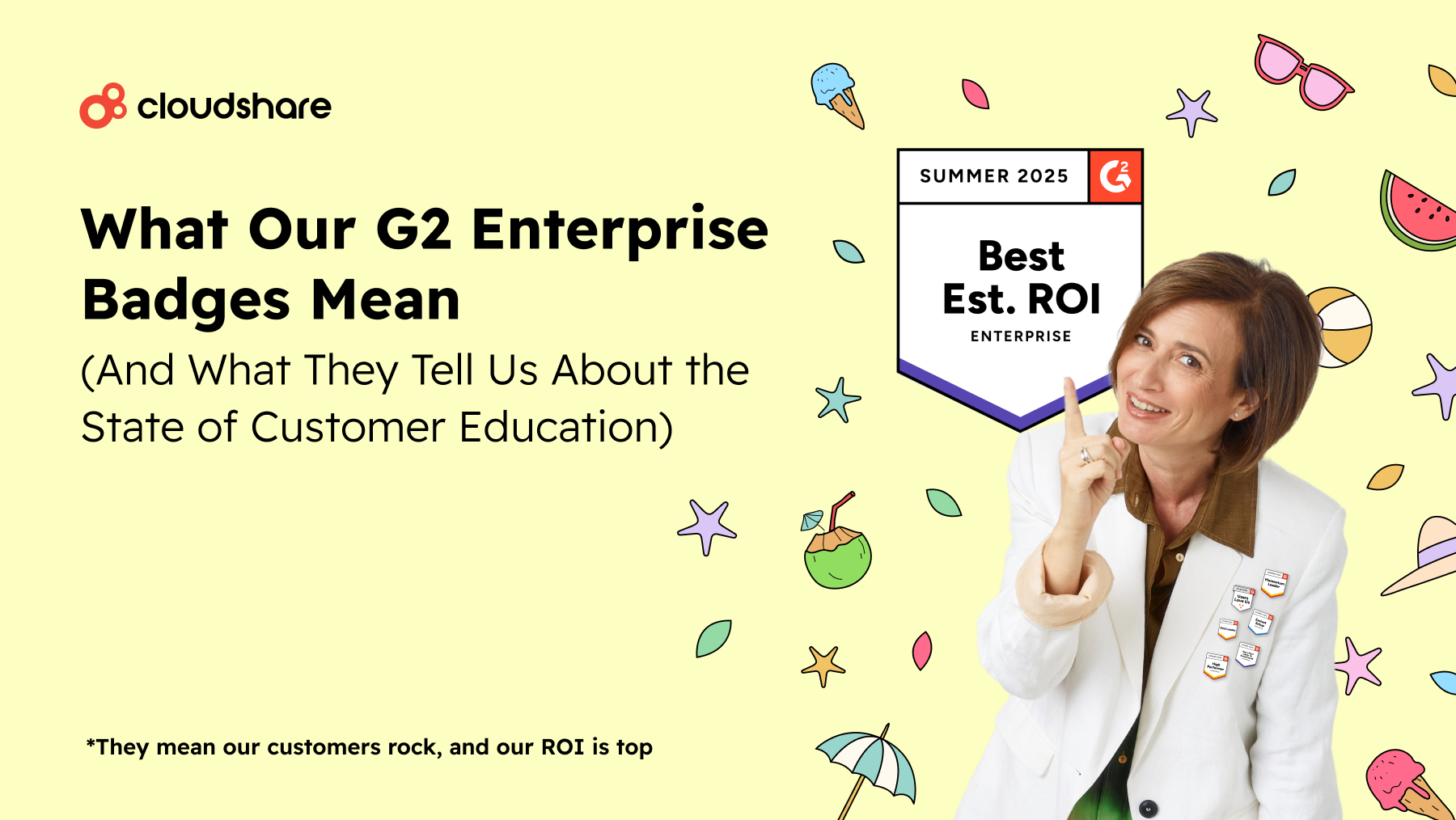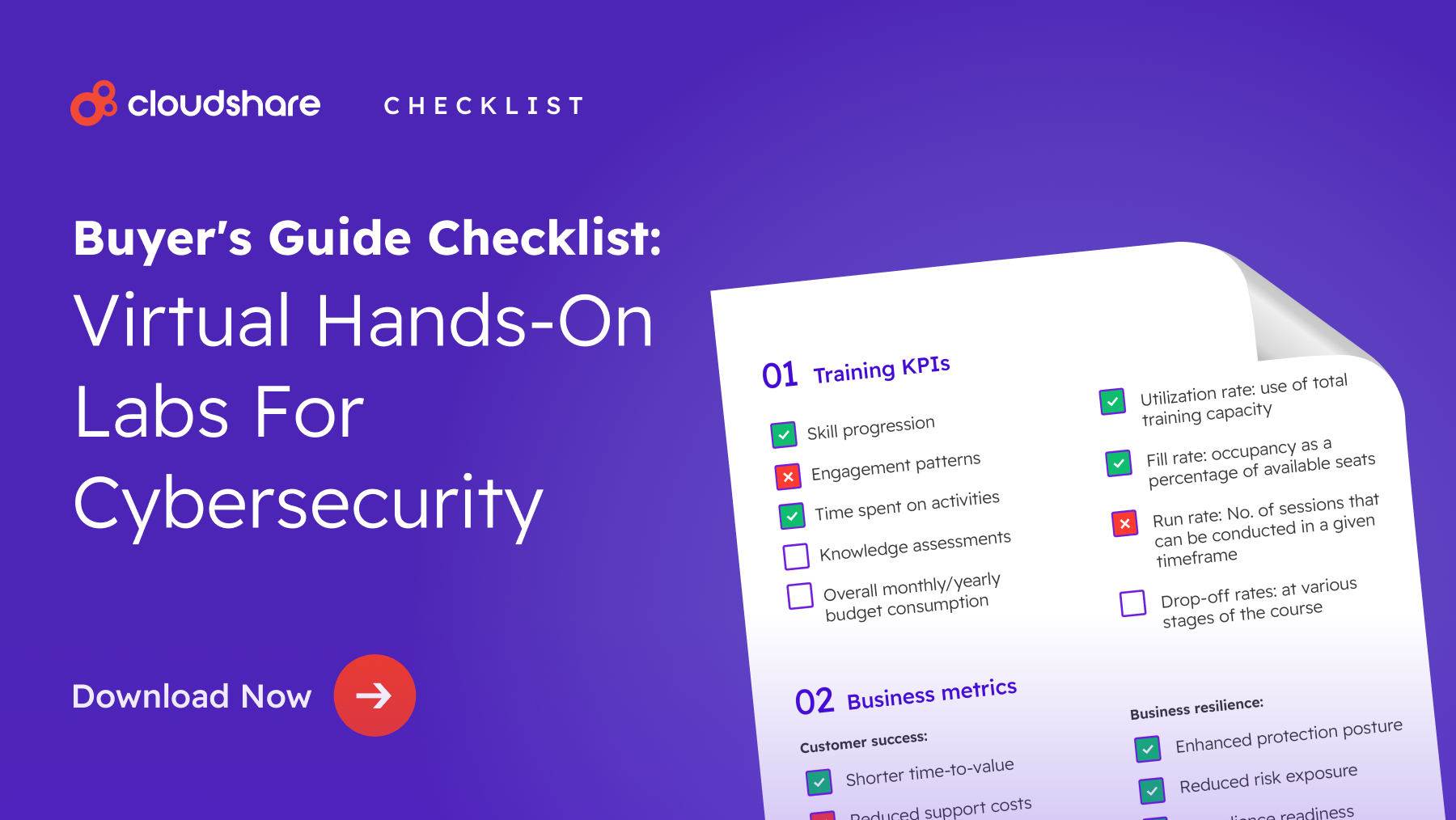
Building a customer education team is one of the first — and arguably most important – steps in establishing a customer education program. People, after all, are the lifeblood of every successful business initiative.
We’ll discuss what’s involved in putting together a top-notch team to serve as a foundation for a successful education strategy.
Understanding Your Objective
Before you start planning and structuring your team, you need a clear idea of what you want to achieve. While you may eventually expand your customer education strategy to pursue multiple objectives, it’s better to stay focused at the start. That way, you can avoid spreading yourself too thin and potentially torpedoing your customer education initiative before it gets off the ground.
Some common starting goals include:
- Improving the customer onboarding process to increase satisfaction and product adoption.
- Building educational marketing content to expand your reach and establish your brand as a thought leader.
- Generating upsell and cross-sell opportunities by educating customers on new features and releases.
- Reducing the workload of your support team.
Key Customer Education Roles
The following roles are central to the development of a customer education team regardless of objective.
Leadership
Leadership generally falls into two segments. First, you have a senior leader who understands the disciplines of the various departments involved in the program. They will be responsible for developing the program’s strategy, defining key objectives, and guiding its development.
Directly below the senior leader will be managers — one for each unit on the team.
Instructional Designer
Instructional designers develop the curriculum for your customer education program. They guide the development of educational content, including supplementary materials and delivery modalities. Generally, they’ll work closely with copywriters, graphic designers and copy editors during this process.
Content Creation and Refinement
Your content creation team will generally consist of subject matter experts, copywriters, copyeditors, and graphic designers. Depending on the nature of your training content, you may also need programmers or developers. Alongside instructional designers, these individuals play a key role in creating your program’s curriculum. Meanwhile, including a subject matter expert will help ensure the content is relevant to your target audience.
Instructor
Instructors are responsible for actually delivering your educational content to participants. In some cases — for example, if your organization delivers primarily self-paced training — this role may be considered optional. Otherwise, you might either hire specialized instructors or draw them from your sales/customer success team.
Systems Administrator
Systems administrators manage your training infrastructure. They’re the ones who deploy your tools and software, ensuring that everything works as intended and that the lights stay on.
Developing Your Customer Education Team Structure
While various customer education objectives will naturally have some overlap with one another, each will require a slightly different strategic approach. This also means that the way you build your customer education team largely depends on what you want to accomplish. While the basic structure will remain the same, the teams will differ from one another in their expertise — onboarding, for instance, is more sales-focused, while customer education is geared more toward marketing.
Onboarding
If better customer onboarding is your core focus, you’ll want to bring in people from both your sales team and your customer success team. Each will likely have their own feedback about the onboarding process, along with unique insights that can help streamline the hand-off between the two departments.
Product Training
Whereas onboarding is about bringing in new customers, this team structure focuses on educating existing customers. If your goal in doing so is to reduce the workload of your support team, you’ll want to make sure customer success and customer support are both involved in the development of your training content and strategy. On the other hand, if you want to generate new upsell and cross-sell opportunities, bring your sales team into the fold.
Educational Marketing
Educational marketing is a bit different from the two objectives we’ve discussed so far. Rather than teaching customers about your products and services, your goal is to position yourself as a thought leader. Marketing will be the major stakeholder for this initiative, and you’ll want to make sure you have at least one professional on the team experienced in growth marketing.
Credentials and Certifications
Once your customer education program is a bit more mature, you can start thinking about creating your own certification courses, either for customers or for vendors. You’ll need a subject matter expert leading this initiative, ideally supported by instructional designers knowledgeable in their area of expertise.
Customer Education Software and Tools
Once you’ve laid the groundwork for your customer education team, the next step is to equip them with the right toolkit. Generally speaking, you’ll want to make sure your organization has deployed the following technologies:
- A learning management system to create, manage, document and automate the delivery of your training content.
- Virtual IT labs to support hands-on learning.
- Collaboration software and project management software to help your team stay connected and on-task.
- Analytics software to keep track of how customers are engaging with educational content.
The First Step to a Better Customer Education Strategy
People are the foundation of any successful business initiative, and customer education is no exception. The first step to a compelling, engaging customer education program is to ensure you have the right people on board. From there, everything else should fall into place on its own.
Looking to upgrade your customer education strategy? Get your copy of Insights from Today’s Customer Education Experts to see what matters most to the experts in customer education.




